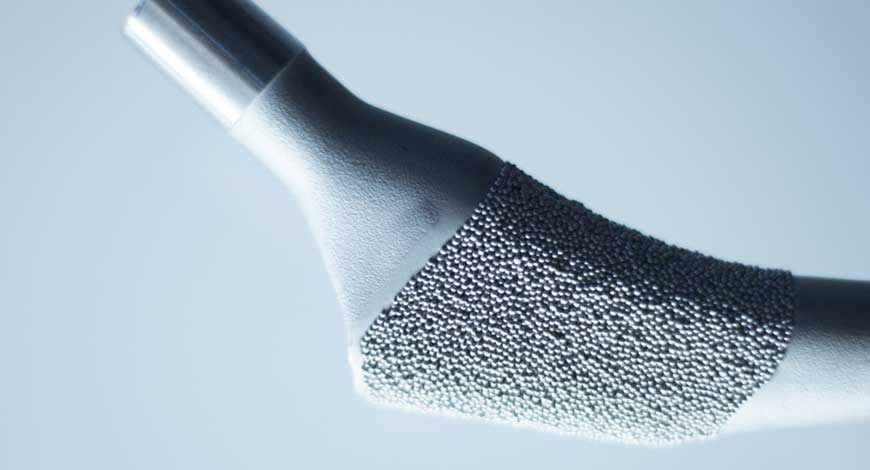International Circuit
Medical device makers seek clarification from FDA about MCG

Medical device makers are asking the US Food and Drug Administration (FDA) to make exceptions to its recently proposed guidance on metallic and calcium phosphate coatings on orthopedic devices. They also asked the agency to address the utility of other guidances that may be affected if the proposed guidance is finalized.
On 22 January, the FDA published a draft guidance entitled “Characterization of Metallic Coatings and/or Calcium Phosphate Coatings on Orthopedic Devices.” The docket for the guidance received seven comments before it closed.
The MedTech lobby group AdvaMed submitted extensive comments that included requests for several clarifications to the guidance, including whether FDA thinks additive manufactured porous structures in the form of coatings or bulk porous structures should be a part of the guidance.
“FDA, in this guidance document, uses the term coating and it is unclear if all additive manufactured porous products are in scope,” said the group.
MedTech manufacturer Stryker, however, went a step further and has asked that FDA exclude surface texture made by additive manufacturing from the guidance. It argued that additive manufacturing can create a solid surface on the devices without creating an interface.
Precision Coating, which creates single-layer, pure titanium coatings for polyetheretherketone (PEEK) implants, noted that the proposed guidance is intended to replace a similar guidance issued in 2000, written for plasma-sprayed coatings. It also noted that the proposed guidance requires mechanical testing based on the original guidance and applies it to all metallic coatings.
Furthermore, Precision Coating argued that thin conformal coatings are a distinct subset of metallic coatings that shouldn’t be treated like plasma sprayed coatings. For now, the company said it isn’t possible for its coating technology to prove compliance based on the proposed guidance, even though it said its technology has exceeded requirements in the past.
To address its concerns, Precision Coating recommended that FDA maintain its focus on plasma-sprayed coatings based on the original 2000 guidance and develop new guidance specific to non-porous coatings. Alternatively, it said the agency could include a new section in the proposed guidance that addresses testing for smooth, non-porous coatings.
“This new guidance fails to consider the unique testing requirements of this useful class of metallic coatings,” said Precision Coating. “Unless the guidance can find a way to accommodate them, then it may become an unnecessary drag on commercialization.”
Several of the commentators also asked FDA about how the proposed guidance is intended to function in conjunction with other guidances already in use. For instance, AdvaMed argued that the proposed guidance doesn’t clarify whether it will supersede the FDA’s guidance for Testing Orthopedic Implants with Modified Metallic Surfaces Apposing Bone or Bone Cement, even though parts of it overlap.
The group also noted that the proposed guidance doesn’t mention FDA’s guidance on Testing Orthopedic Implants With Modified Metallic Surfaces Apposing Bone Or Bone Cement, which addresses certain cobalt-chrome and titanium coatings and substrates, even though the coatings are addressed in the proposed guidance.
“The inconsistency between the draft guidance and existing guidance needs to be addressed,” said AdvaMed. “Which document will cover these coatings when the subject document is finalized?”
Orthopedic device manufacturer restor3d, also asked FDA about the same guidance on testing orthopedic implants and asked if the proposed guidance is intended to replace it.
“As written, it is not clear whether this guidance is intended to replace the previous guidance, despite the test methods being similar,” said the company. RAPS.org












